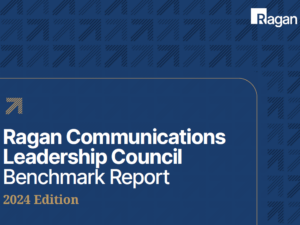How to avoid writing bad survey questions
Use these best practices for polling to better measure the effectiveness of your messaging.

Pew Research has published a series of videos explaining basic research methods and best practices for polling public opinion.
It’s important information, as the accuracy of polling has been called into question by recent misses in high-profile polls, such as those for the 2016 and 2020 U.S. presidential elections. For PR pros, a refresher on research methods can be a helpful reminder for making sure your measurement practices are providing accurate answers.
And the videos are a clear example of how comms pros can explain data science to a wider audience—an increasingly important piece of communicating your message for business and general population demographics.
One of the most helpful videos is this explainer on how to avoid writing bad survey questions that could mar the results of your report.
Top mistakes identified in the video include:
1. Don’t use jargon. Don’t assume the survey taker has expert knowledge about the subject at hand, the video warns.
2. Don’t offer too much info. Your audience either won’t read the full question or could be influenced in their answers by how your survey explained the issue. Instead, just offer a reminder — without overwhelming them.
3. Don’t use leading questions. You can prime your survey takers to deliver a certain kind of response by negatively framing the issue, or even push them towards your desired response.
4. Don’t use double negatives. Making it difficult to understand what the question is asking is a sure way to an inconclusive survey result.
5. Avoid acquiescence bias. This is the tendency for people to be agreeable with each other — a bit of human nature that can thwart your efforts to get an accurate view of public opinion. Questions posed as “yes” or “no” can run afoul of this rule, so a different wording is recommended.
Watch the full video to see more of the survey question guidelines from Pew Research:







